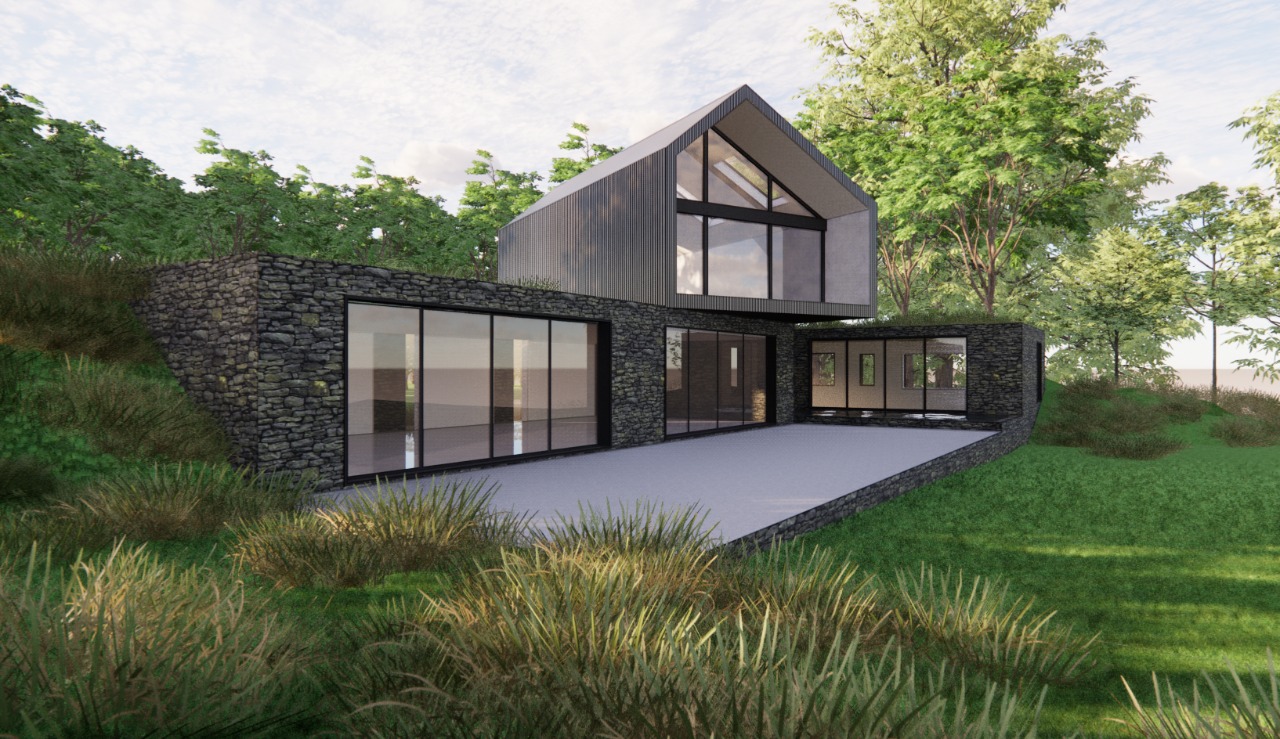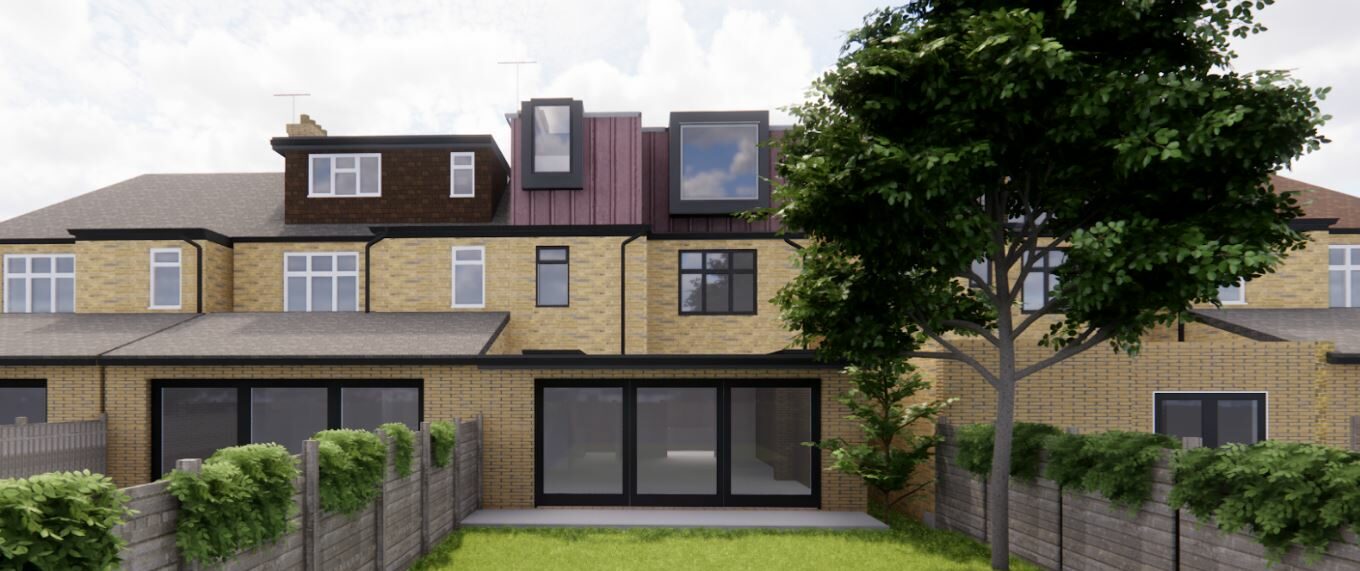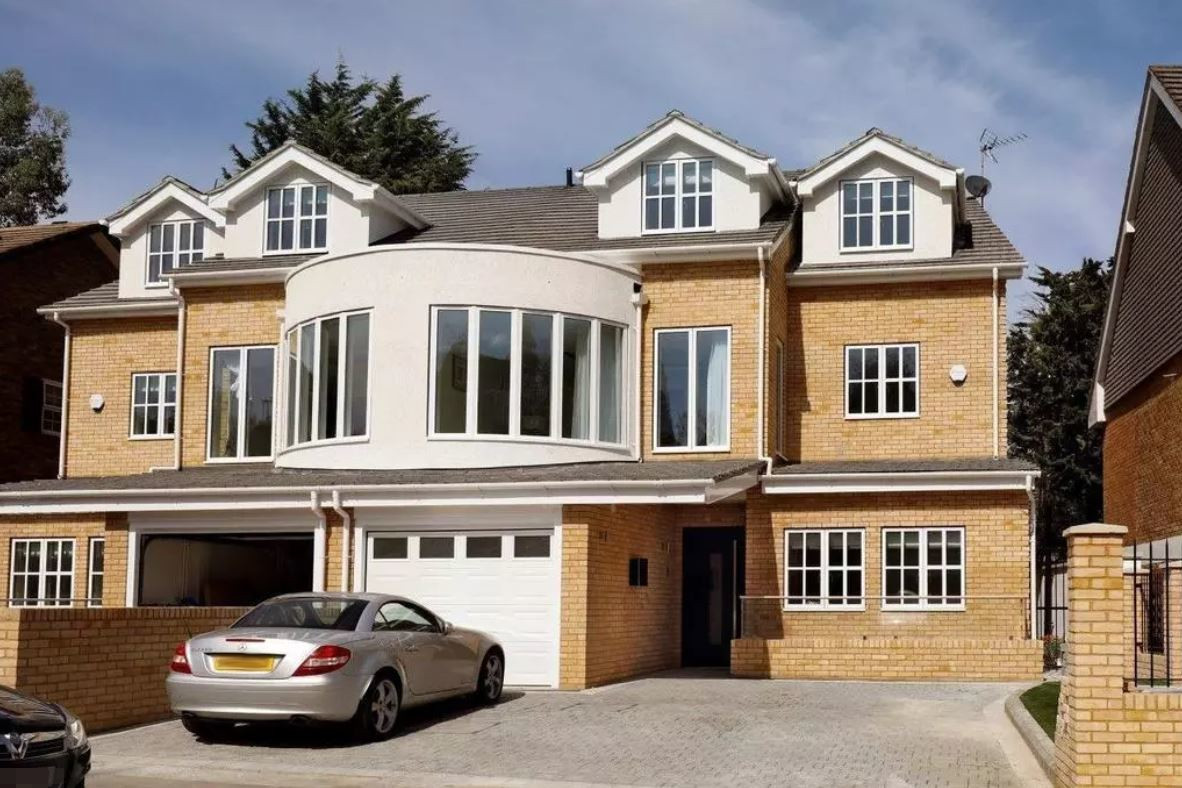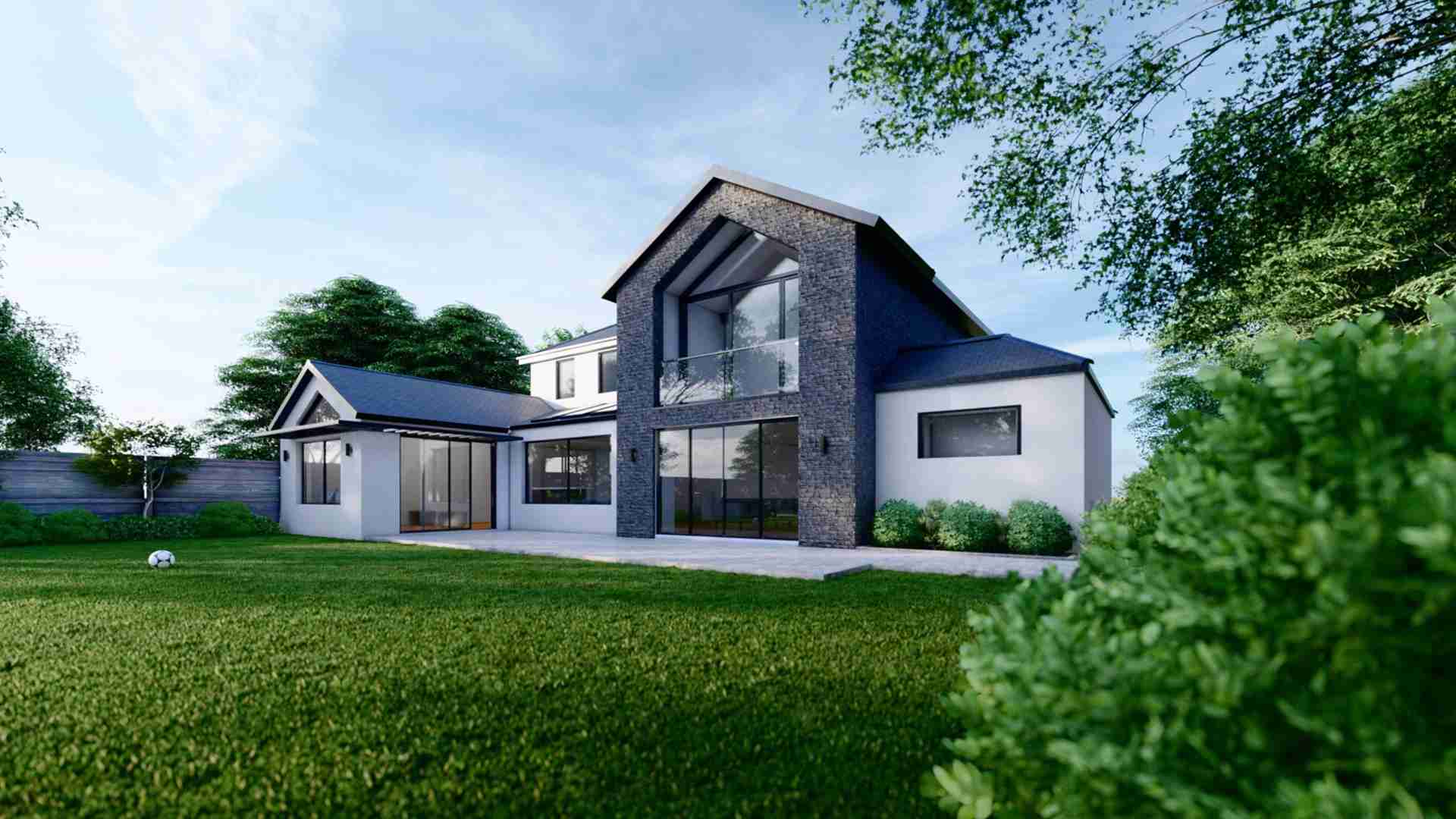Conservation Area Compliance: Mastering the Art of Planning Permission
The dream of owning a property in a conservation area comes with the allure of its historical significance and architectural beauty. Yet, this dream can quickly become daunting when faced with the prospect of obtaining planning permission for any changes. The unique challenge here lies in balancing the desire for modern functionality with the stringent regulations designed to protect the area's heritage.

This is a common predicament for homeowners and developers alike, who must navigate the tightrope of compliance and design aspirations. However, with the right expertise and approach, this challenge can be transformed into a rewarding journey that honours the past while embracing the future.
The Intricacies of Conservation Area Planning
Conservation areas are designated for their special architectural or historic interest, meaning any development within them is subject to additional controls and considerations. These controls aim to preserve or enhance the character and appearance of the area, often requiring applicants to demonstrate how their proposals achieve this objective. Navigating this process requires a deep understanding of both the specific criteria that define the conservation area and the broader principles of heritage conservation. Extension Architecture specializes in this delicate balancing act, offering expert guidance to ensure that your development plans are both compliant and creatively fulfilling.
Extension Architecture: Navigating Heritage with Innovation
Every project in a conservation area presents a unique set of challenges and opportunities. Extension Architecture stands out by embracing this complexity, leveraging their extensive experience to find innovative solutions that meet strict regulatory standards without compromising on design quality. Their approach involves meticulous research into the historical context of each property and its surroundings, combined with a forward-thinking design ethos. By doing so, they ensure that every proposal not only respects the conservation area’s heritage but also contributes positively to its future legacy. Steph Fanizza, Architectural Design & Team Manager
Tell us about your plan and we'll send you a free quote! It takes less than 60 seconds!
Turning Constraints into Creative Opportunities
One of the perceived negatives of conservation area development is the limitation it places on creativity and modernization due to strict regulatory frameworks. However, Extension Architecture views these constraints as a canvas for innovation, where the fusion of historical character with contemporary design becomes an art form. Their expertise lies in their ability to interpret and navigate the regulations in a way that transforms potential limitations into unique design features. This approach not only facilitates the planning approval process but also results in bespoke solutions that enhance both the property and the area’s character.
The Advantage of Experience
The value of experience cannot be overstated when it comes to conservation area compliance and planning permission. With over 11 years of dedicated service, Extension Architecture brings a wealth of knowledge and a proven track record of success in this specialized field. Their expertise is not just in designing within the constraints of conservation regulations but also in managing the planning process efficiently and effectively. This experience ensures that clients are guided through each step of the process with clarity and confidence, making what can often be a complex and stressful journey much smoother and more predictable.
Conclusion
Mastering the art of planning permission within conservation areas is a nuanced process that requires a careful blend of respect for heritage and a passion for innovation. Extension Architecture embodies this blend, offering a path to compliance that is informed by years of experience and a deep commitment to both preservation and progress. Their expertise not only navigates the complexities of conservation area regulations but also turns these challenges into opportunities for distinctive and sensitive design. With Extension Architecture, the process of obtaining planning permission in a conservation area becomes less about overcoming hurdles and more about celebrating the unique character of our built heritage.








